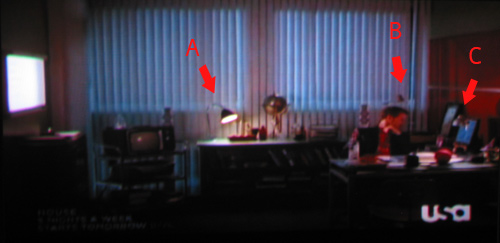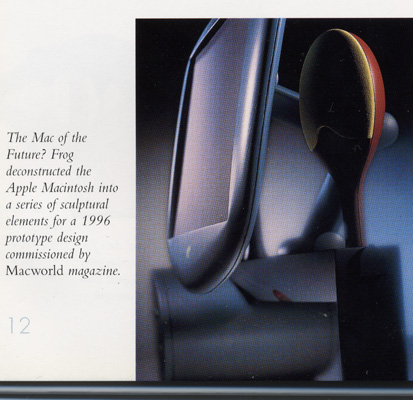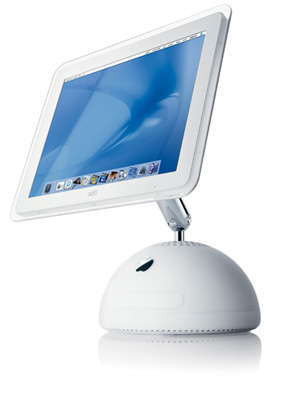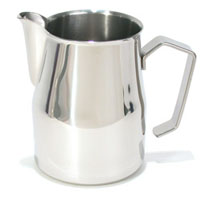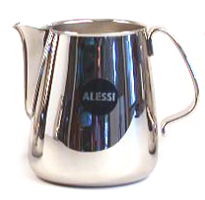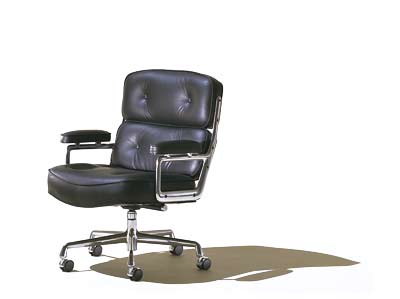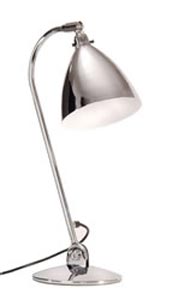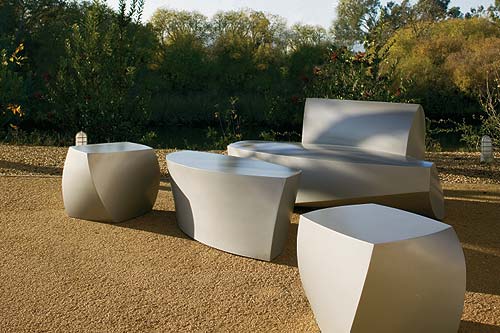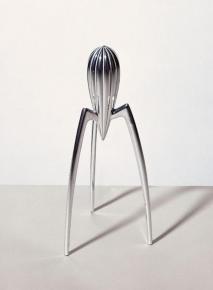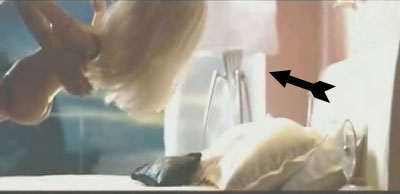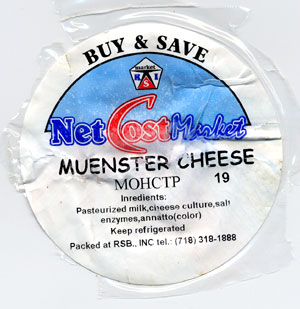I recently received a phone call from a recruiter. He wanted to lure me away to some “big company” that still had “small company feel” to participate in a “redesign of a major website”. He felt like all of these things, as well as “a well stocked kitchen” were big selling points.
I am a veteran of many website redesigns, major and minor. I’ve come to dread the word “redesign” because very frequently it meant taking a perfectly good website and making it significantly worse, and then through major struggles making it marginally beter. In the past I wrote a rather bloated article titled “The Russian Tea Room Syndrome” about this. Today I would like to write a bit more about this, as this topic rarely leaves my mind and my life.
Earlier in my career, I had very little influence over the redesign process, but this is changing. This is the primary reason why my job title has the shameful word “Architect” in it: I write code and configure servers, but I want my say in strategery as well.
So, Michael, you might ask, what is the problem with redesigns? Aren’t redesigns about making websites better? Well, many redesigns suffer from not following IBM’s famous motto.
IBM has one of the best corporate mottos ever: CRUSH and DESTROY. Uh, I mean THINK. They even give out props with the word “THINK” on it and publish THINK magazine.
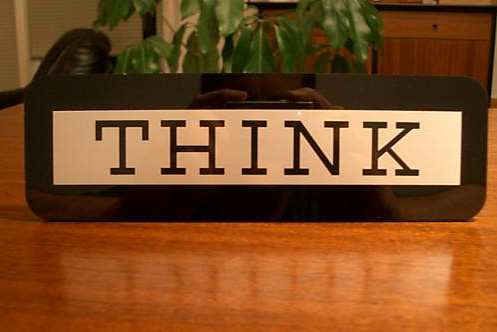
Many redesigns happen simply as a knee jerk reaction: oh, look company X is doing Y and using Z. When you sit in a meeting and somebody is describing a redesign purely in terms of things other people do, you are likely in trouble. No thinking is involved at all.
But sometimes it’s the type of thinking that is going on that is the problem. You have to think about the relative importance of things.
I have a picture by famous graffitti artist Banksy hanging on my wall. It is a metaphor about true and false importance.
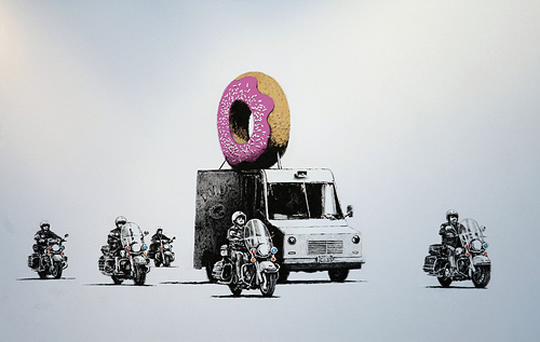
In 1943 a Brooklyn College professor Abraham Maslow outlined what is now known as Maslow’s Hierarchy: a pyramid that ranks human needs. It looks like prior to him nobody really gave a lot of thought to relative importance of pooping and morality. Well, maybe a little – there’s a Russian idiom for a person of untrustworthy nature that originated during WWI when soldiers relieved themselves in rows, next to specially dug trenches: “I would not take a dump next to this person”. Also see “I hope they serve beer in hell”
Here’s Maslow’s pyramid in all of its glory:
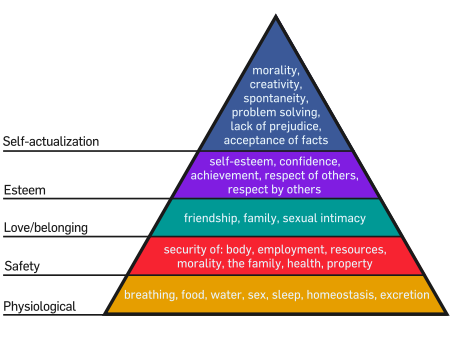
I decided I’d come up with the hierarchy of web needs:
In my opinion unsuccesful redesigns happen when people start from the wrong end of the pyramid (always skipping the first step: I’m yet to meet anybody with power who thinks about these things are important).
I will expand on this in my next post.

